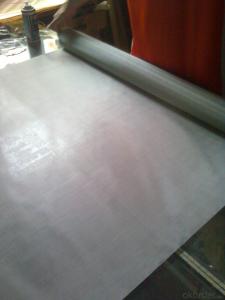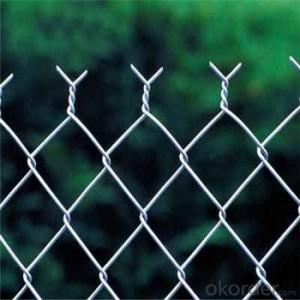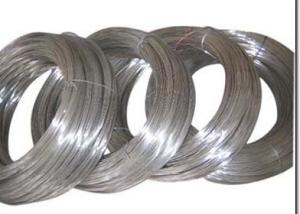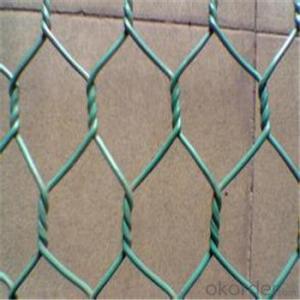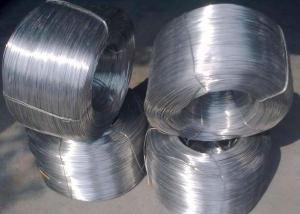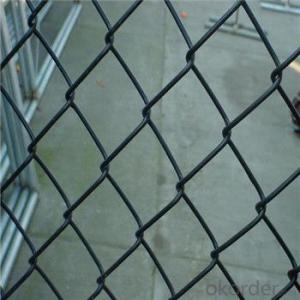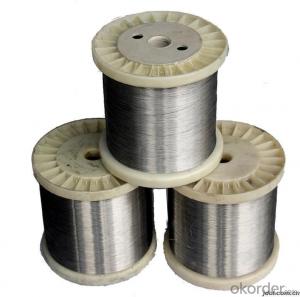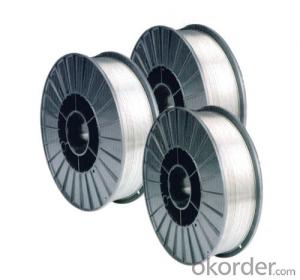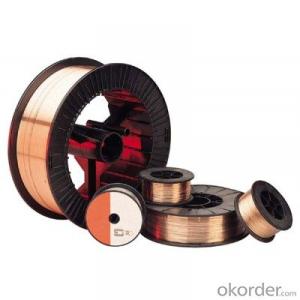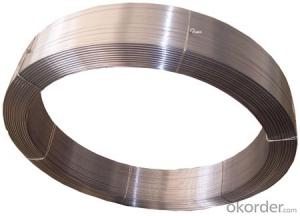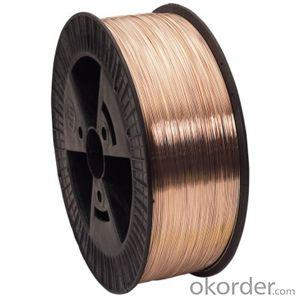16g Stainless Steel Wire
16g Stainless Steel Wire Related Searches
Best Paint For Stainless Steel Blanket Insulation For Steel Buildings Primer For Galvanized Steel Foam Filter For Stainless Steel H S Code For Stainless Steel Surface Grinding Wheels For Stainless Steel Surface Grinding Wheels For Hardened Steel Hole Saw For Stainless Steel Paint For Stainless Steel Stainless Steel For BbqHot Searches
Steel Mesh Panels For Sale Price For Stainless Steel Scrap Scrap Price For Stainless Steel Price For Stainless Steel Stainless Steel Tank For Sale Stainless Steel Sheets For Sale Cheap High Tea Sets For Sale Stainless Steel Tanks For Sale Stainless Steel For Sale High Density Fiberboard For Sale Solar Hot Water Collectors For Sale Scaffolding For Sale In Uae Scaffolding For Sale In Ireland Scaffolding For Sale In Houston Type Of Inverter For Solar Price Of Shipping Containers For Sale Types Of Inverter For Solar Stock Price For Aluminum Used Solar Inverter For Sale Steel Mesh Panels For Sale16g Stainless Steel Wire Supplier & Manufacturer from China
Okorder.com is a professional 16g Stainless Steel Wire supplier & manufacturer, offers integrated one-stop services including real-time quoting and online cargo tracking. We are funded by CNBM Group, a Fortune 500 enterprise and the largest 16g Stainless Steel Wire firm in China.Hot Products
FAQ
- Stainless steel wire performs exceptionally well in high-pressure applications due to its inherent strength, corrosion resistance, and ability to withstand extreme temperatures. Its high tensile strength ensures it can withstand the intense pressure, while its resistance to corrosion prevents any degradation or weakening. Additionally, stainless steel wire's durability and resistance to deformation make it an ideal choice for demanding high-pressure environments.
- There is a wide variety of stainless steel wire rope thimbles available in the market, each serving specific needs and applications. The designs and constructions of these thimbles vary. The first type is the standard thimbles, which are commonly used in different industries. They are made of stainless steel and have a simple design with a smooth surface. These thimbles provide basic protection and support to the wire rope, preventing any damage or fraying. Next, we have the heavy-duty thimbles that are specifically designed to withstand higher loads and offer increased strength and durability. They are commonly utilized in heavy lifting or rigging scenarios where the wire rope is exposed to extreme stress or tension. Open thimbles come with a gap or opening on one side, enabling easy installation or replacement of the wire rope. They are frequently used when the wire rope needs frequent adjustments or changes. For added protection against corrosion and abrasion, there are plastic-coated thimbles. These thimbles have a plastic coating or sleeve that extends the lifespan of the wire rope by preventing direct contact with moisture or harsh chemicals. Wire rope clip thimbles consist of both a thimble and a wire rope clip, working together to securely fasten the wire rope in place. They are commonly employed in applications where preventing slippage is crucial. Lastly, we have swage thimbles that are crimped or swaged onto the wire rope, creating a strong and permanent attachment. They are commonly used when a reliable and secure connection is required. To ensure you choose the most suitable stainless steel wire rope thimble for your specific needs, it is essential to consider the requirements of your application and consult with a knowledgeable supplier or engineer.
- The grade and size of stainless steel wire can cause variations in its tensile strength. In general, stainless steel wire is available in a range of tensile strengths, from 100,000 to 300,000 pounds per square inch (psi). The most commonly used grades for stainless steel wire are 302, 304, and 316. Typically, 302 stainless steel wire has a tensile strength of approximately 140,000 to 160,000 psi. This grade is often chosen for applications that require moderate strength and good resistance to corrosion. 304 stainless steel wire, on the other hand, is highly popular and offers a tensile strength of around 160,000 to 180,000 psi. It is widely utilized in various industries, including food processing, automotive, and aerospace, due to its excellent corrosion resistance and versatility. In comparison, 316 stainless steel wire has a higher tensile strength than both 302 and 304 grades, ranging from 170,000 to 200,000 psi. This grade is particularly known for its superior corrosion resistance, making it suitable for marine and other highly corrosive environments. It is worth mentioning that the tensile strength of stainless steel wire can also be tailored to meet specific requirements. Wire manufacturers are capable of providing different tensile strengths based on customer specifications and intended applications.
- Is the water heater hose braided with stainless steel wires or with a PPR pipe?
- Stainless steel wire braided hose, of course, easy to install, flexible bend, you can install, high prices. PPR pipes have hot melt welding, the price is cheap, if you do not do this line, you have to ask a professional master to do.
- Yes, stainless steel wire can be used for wire screens. Stainless steel wire is commonly used for making wire screens due to its corrosion resistance, durability, and strength. It is ideal for applications that require resistance to rust and corrosion, making it suitable for use in outdoor environments or in industries where exposure to moisture, chemicals, or high temperatures is common. Stainless steel wire screens are commonly used in various industries such as mining, agriculture, construction, and food processing, where they are used for filtering, separating, or protecting materials.
- What's the difference between stainless steel screws and carbon steel screws?,
- Stainless steel screws and carbon steel screw material is different, and the use of the environment is different, carbon steel corrosion resistance is relatively poor, long time, the bolt will rust dead. The bolts of stainless steel are a little better.
- Stainless steel wire is capable of being utilized for the weaving of wire cloth. The reason behind stainless steel being a favored material for wire cloth is its remarkable durability, resistance to corrosion, and strength. In various industrial and commercial settings, such as filtration, sieving, and screening, stainless steel is frequently employed. By intertwining the stainless steel wire in a specific pattern, a mesh-like structure is created, permitting the passage of air, liquids, or smaller particles, while simultaneously providing stability and support. As a result, stainless steel wire cloth is highly suitable for a wide array of applications, encompassing aerospace, automotive, mining, food processing, and chemical industries, among others.

















